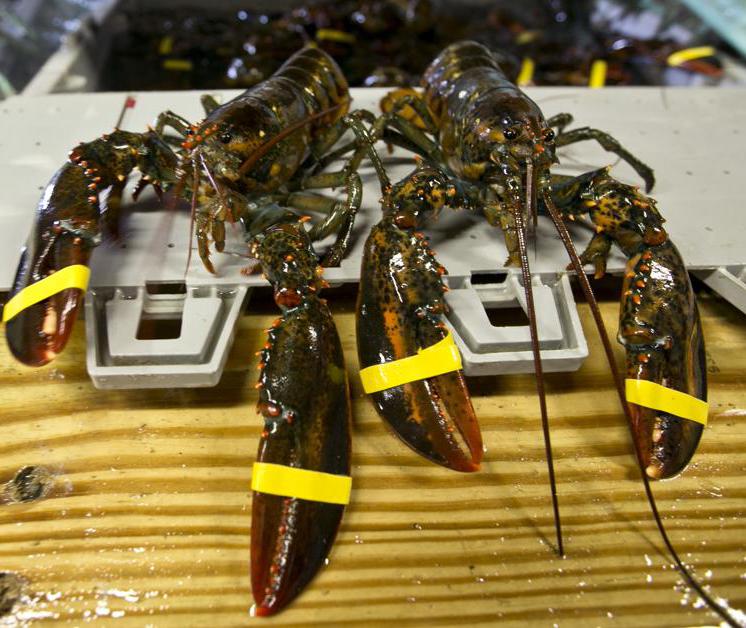
The escalating US-China trade battle has landed at the doorsteps of Monte Rome’s Gloucester lobster company.
Intershell Seafood sends tens of thousands of lobsters a week to China, one of the largest export markets for Massachusetts and Maine lobster companies. But in retaliation for President Trump’s tariffs on imports from China, the Chinese government this month included lobsters on the list of $34 billion in US goods that will be hit with a 25 percent levy.
Companies in other US industries caught in the trade war, such as soybean farmers and pork producers, fear the tariffs will cripple their businesses. But Rome doesn’t seem worried for now, comforted by China’s seemingly insatiable appetite and willingness to pay eye-popping prices for the sweet crustaceans from New England.
“The Chinese society is so rarefied today that I don’t think they’ll stop buying lobsters.’’ Rome said. “It’s a luxury item over there anyway, so if there’s a 25 percent tariff, we don’t think it will have tremendous adverse impact. Although we don’t know for certain.’’
Chinese demand for lobsters has skyrocketed, with China importing $128.5 million in live lobsters from the United States in 2017, according to Wisertrade.org, which tracks international trade. Most of that lobster came from Maine and Massachusetts.
Exports have been growing rapidly due to the growing wealth of China’s middle class and their affinity for a dish that fetches premium prices in restaurants is particularly strong during holidays in China.
Between November and Chinese New Year in February, Intershell Seafood exports 50,000 to 60,000 pounds of lobsters each week, and Rome considers himself one the smaller players. Some companies export as much as 100,000 pounds a week during the holidays.
Annie Tselikis, executive director of the Maine Lobster Dealers’ Association, said China accounts for 15 to 20 percent of the value of US lobster exports. She isn’t anxious, either, that the new tariff will spell doom for Maine lobster companies.
“We are concerned, but the lobster industry is resilient and has been through issues in the marketplace before,’’ Tselikis said. “While the increase on Chinese tariffs is certainly challenging, we know that our industry is innovative and will figure out ways to deal with this situation.’’
Still, Maine lobster companies are buffeted by international trade forces from all directions. Maine’s biggest rival in the lobster business, Canada, last year struck a trade agreement with the European Union that will slowly ease tariffs on lobsters over five years. And now Canadian lobsters will enjoy a price advantage with the world’s other important export market, since they won’t be hit with the new tariffs that China levied on US companies.
A point of confusion is whether the new tariff will be added to an existing 15 percent tariff China has on live lobsters. That could add as much as 40 percent to the price of lobster in China.
“We still have a lot of questions about how this is being implemented, and don’t have a lot of answers,’’ Tselikis said.
The new 25 percent tariff takes effect July 6, and there has been even more talk of another round of retaliatory tariffs.
“We really don’t know what’s going to happen,’’ said Matt Jacobson, executive director of the Maine Lobster Marketing Collaborative.
Alex Gailey can be reached at alexandra.gailey@globe.com. Follow her on Twitter @awhyteeg.



